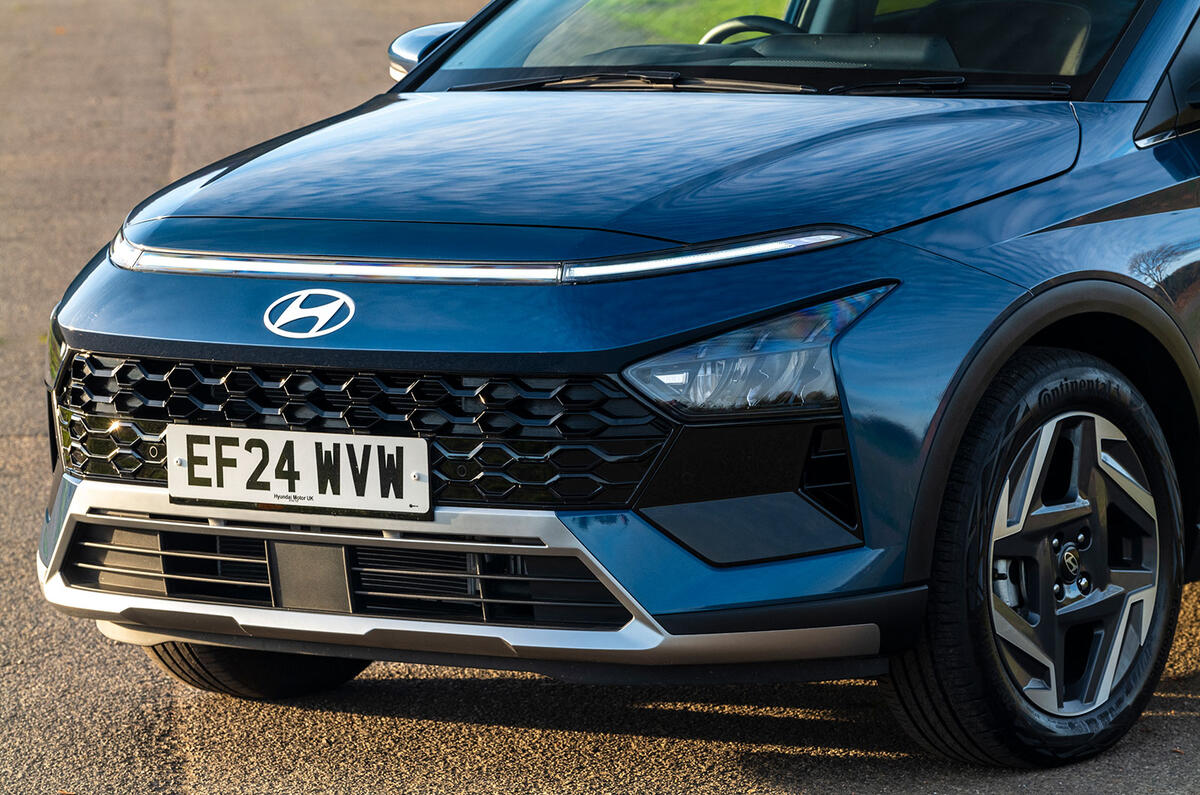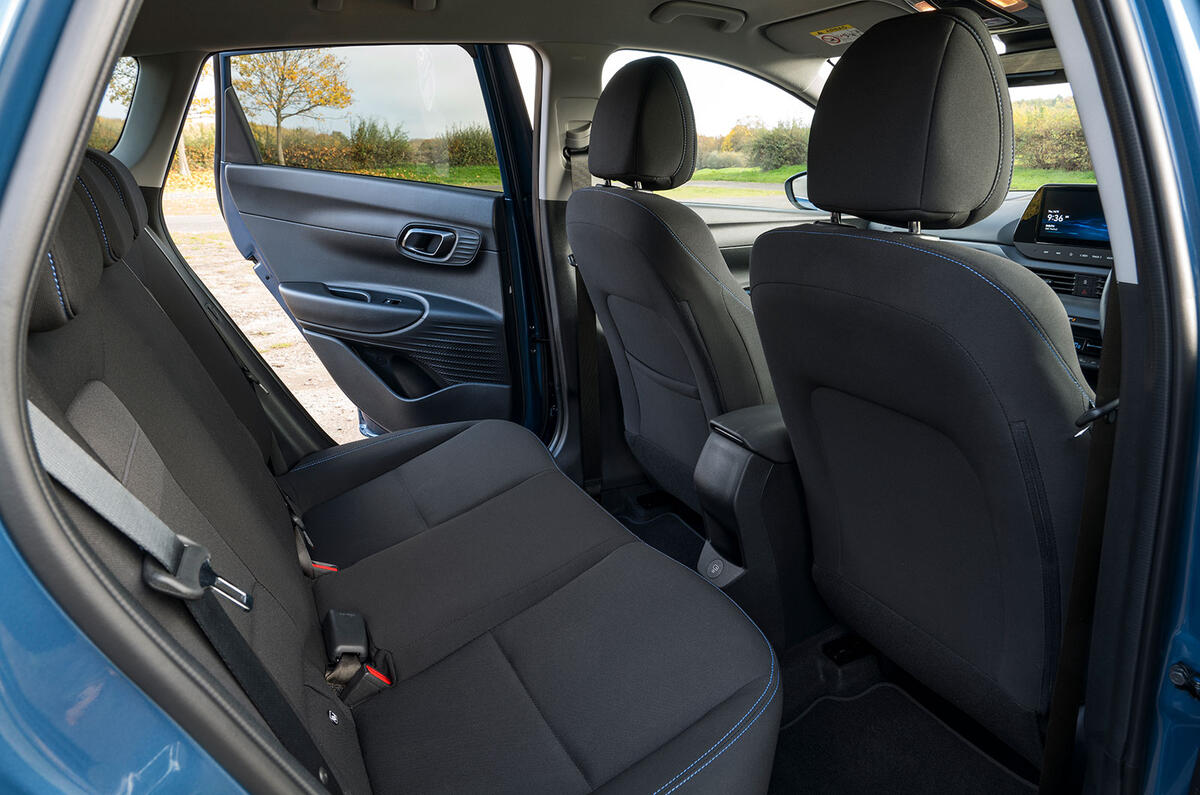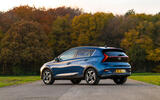It might seem a little unusual to be talking about the updated Hyundai Bayon rather than one of the Korean brand’s newfangled electric models that’s brimming with new age technology.
But Hyundai’s decision to roll out a new Bayon with a light nip-and-tuck makes total sense when you consider the compact crossover market is now packed to the rafters with a broad mix of models offered with either an ICE, hybrid or electric powertrain.
The segment has more than doubled in size since 2017, hence why every leading car maker from Europe and beyond offers what is effectively a jacked-up hatchback.
There are clear class frontrunners, too, like the Ford Puma, Volkswagen T-Cross and Renault Captur, but since its arrival in 2021, the level-headed and easy-going Hyundai Bayon has been clipping at their heels – and now it's been given a mid-life update.
Considering the competitiveness of the crossover segment, Hyundai’s timing couldn’t be better, especially when the cars listed above have also been tweaked, fettled and restyled to offer buyers a little more for their money.
So is the facelifted Bayon as desirable as its predecessor, and does it have the versatility, flexibility and affordability to be a key player in the compact crossover field? Let’s find out.










































